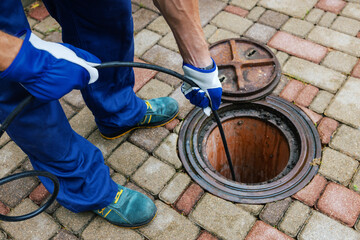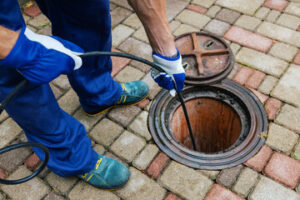If you’re experiencing a plumbing emergency, it’s important to get help immediately. Emergency plumbers are licensed, insured, and ready to respond to any situation. Plumbing emergencies can range from water leaks and clogged drains to burst pipes and gas leaks. Here are some things to keep in mind when choosing a plumber:
Leaking water can be a very dangerous situation. Not only does it affect the integrity of your home, but it can also lead to mold and mildew, which can be harmful to your health. Water leaks can also cause electrical wiring to short out or become damaged if they reach the pipes. This can also cause you financial loss. Luckily, there are many things you can do to help prevent water leaks in your home.
First of all, you need to be sure to find the source of the water leak. Even a small leak can damage construction materials. Over time, these leaks can lead to mold and mildew, which can eat away at wood and drywall. If you wait until the problem worsens, you may find yourself spending thousands of dollars on repair work. Calling a plumber can prevent costly property damage and ensure your peace of mind.
It is also important to know that emergencies can happen at any time of the day or night. Luckily, Plumbing offers emergency plumbing services around the clock. Emergency plumbers can solve your plumbing issues quickly and efficiently. These professionals can also give you a full explanation of the problem and how to fix it.
While you may think that you can wait until the next day to contact a plumber, small leaks can turn into a massive problem. You can use a bowl to catch the water, but don’t let the problem go unchecked. Even small drips can quickly grow into a full-blown emergency, especially if you have a toilet that is clogged. You can borrow another toilet if you have to while you wait for the emergency plumbers to arrive.
Leaking pipes and water damage can cause extensive damage to your home and need immediate repair. Emergency plumbers can get to you fast and fix the issue efficiently, minimizing damage and downtime.
Clogged drains are one of the most common plumbing emergencies. They can result from a variety of reasons, some of which are easier to fix than others. If the problem is not fixed quickly, the water in your drainage system can rise and cause a flood. Calling an emergency plumber to unclog your drains can prevent a disaster.
First, you should turn off the water supply and plunge the drains. If the drains are gurgling, it may be caused by air pockets trapped in them. This is an indication of a more serious problem with the main sewer line. Another symptom may be puddles in the yard or foul odors coming from the drain.
If the clog is not too severe, you can attempt to clear it yourself using drain chemicals, but larger blockages will require professional intervention. When the drains are clogged in the main sewer line, it is necessary to call an emergency plumber. You should also consider having your sewer lines replaced if necessary. Damaged sewer lines can easily grow roots and become inoperable.
Before you hire an emergency plumber for a clogged drain, it is advisable to check the plumber’s credentials. Make sure that the plumber is licensed and insured. It would be better to hire a licensed plumber with at least five years of experience. In addition, you shouldn’t hire a handyman to clear your drain because he may accidentally damage your pipes and cause a bigger problem than the one you were trying to solve. You should also ask for an estimate, which should include the cost of labor and any additional fees.
If you are unsure of the type of drain you have, consider a video inspection. This method will help you determine what is causing the blockage. This procedure costs approximately $160 to $450 and may take several attempts.



